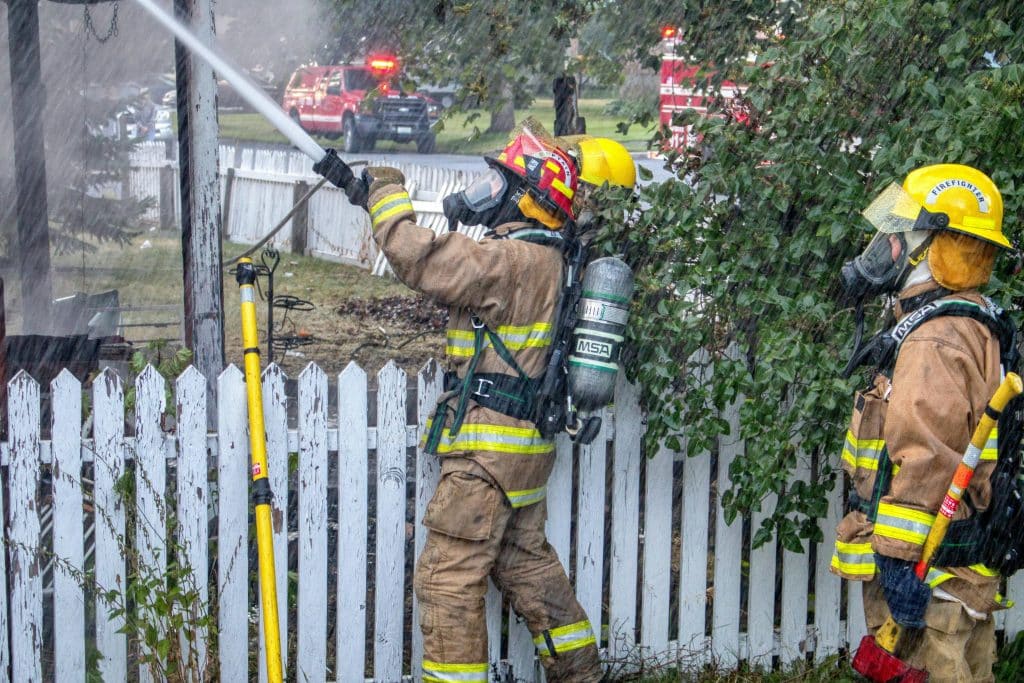Among the various safety measures, fire doors play a crucial role in preventing the spread of fire and protecting lives. However, simply installing fire doors is not enough. Regular inspections are essential to ensure they function effectively in case of emergencies. Since the January 2023 update to fire door regulations, they have been at the front of everybody’s minds. The law focused on rules surrounding high-rise residential properties. But, for building safety professionals in all sectors, it has emphasised the importance of these vital tools. In this blog, we recap how the changes affect rules and expectations around fire doors, and what this means for your team.
What Changed?
After the events of the Grenfell fire, it was clear that building safety regulations needed reform. Officials emphasised the need for more stringent checks on fire doors in residential properties. The inquiry that followed the incident stressed their important role in stopping the spread of flames. However, it also emphasised that they stop the spread of toxic gases and smoke, something sometimes overlooked. These elements of a fire can inhibit residents’ ability to escape safely, increasing risk.
In buildings 11 metres or above, inspectors must check flat entrance doors annually. Responsible people must check doors in common areas quarterly, as they face more wear and tear. They must also clearly display information about the importance of fire doors and any checks made to residents.
Impact on the Industry
Although the laws targeted large residential properties, they also put pressure on other sectors. Those managing buildings like care homes, schools and hotels felt renewed pressure to increase their safety standards.
The best practice is to inspect doors in commercial buildings every 6 months. However, in high-use areas, this may need to be done more frequently. At a minimum, these checks should encompass areas like:
Whether doors close fully.
The occurrence and size of any gaps around the frame of the door.
Whether all intumescent seals and hinges are correctly fitted and in good working order.
Checking all self-closing features work correctly.
Inspecting for any visible damage or wear and tear has occurred.
More stringent regulations mean that the quality of inspections and the documentation they create is under greater scrutiny. Grenfell uncovered a lack of record-keeping throughout the lifespan of fire doors. This is also referred to as the ‘golden thread of information’: data about a door from its installation to its obsolescence.
Proactive Next Steps
We are over one year on from the implementation of these changes. However, the true impact of them is just setting in. With more frequent inspections, keeping on top of them has become a year-round task. Here are some things you can do to stay on top:
Schedule your inspections: Check any important dates in your calendars and plan when inspections will take place. Set aside more time than you think you might need.
Gather a strong team: With inspections come a lot of moving parts. To create a smooth transition from inspection to maintenance, ensure you have the right people on board. This might include contractors and material stockists.
Re-evaluate your record-keeping: In between inspection periods, it might be helpful to take a look at your record-keeping. Are you still using a paper-based system? Look at automating actions and consolidating your data to make future inspections run smoother.
The Need for External Support
One way these regulations truly changed the fire safety industry is by reiterating the importance of dedicated external support. By bringing in professionals, you have access to software and strategies specific to fire doors. This provides the responsible people with the peace of mind that they are in line with any legal requirements.
Fire safety is, as it always has been an ever-changing industry. As we learn more, we create better standards of safety for our assets and building users. The new changes may have made you rethink the way you handle fire door inspections. It might also have brought about increased costs and added to your workload. However, with the right record-keeping systems, external help and organisation, you can reach new standards of safety with ease.
For expert advice on fire protection and prevention, contact Martyn Young Fireproofing Consultancy today on 07585 896648
The post The Legal Requirements for Fire Door Inspections in Commercial and Residential Buildings appeared first on Total Fire Group.


